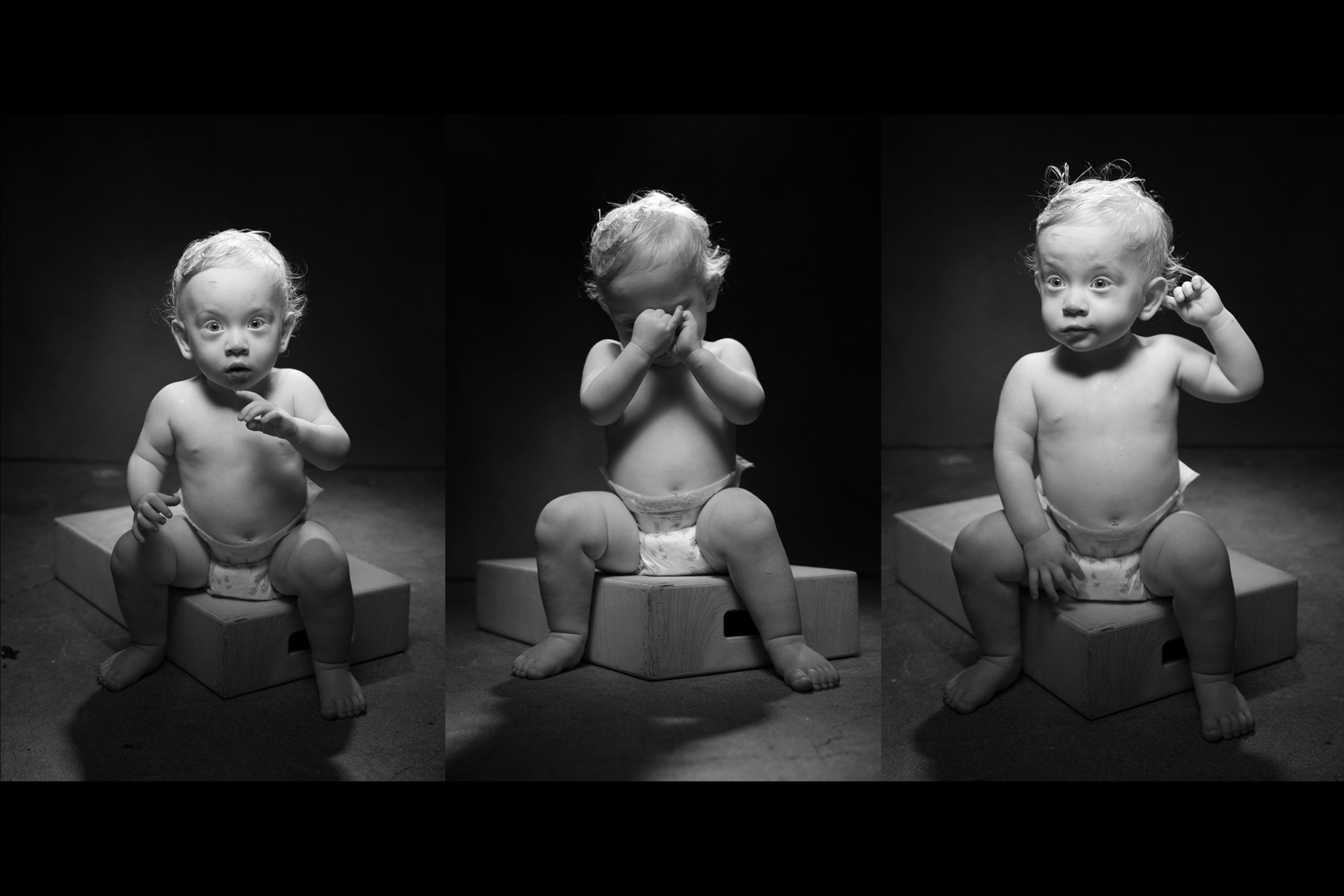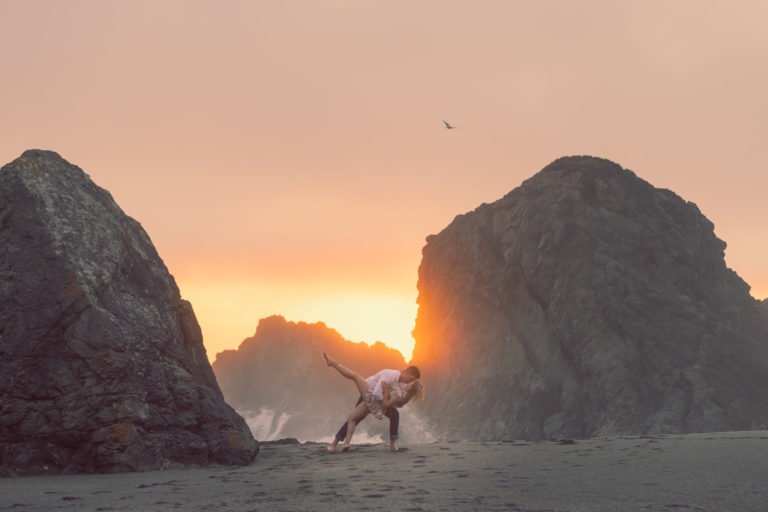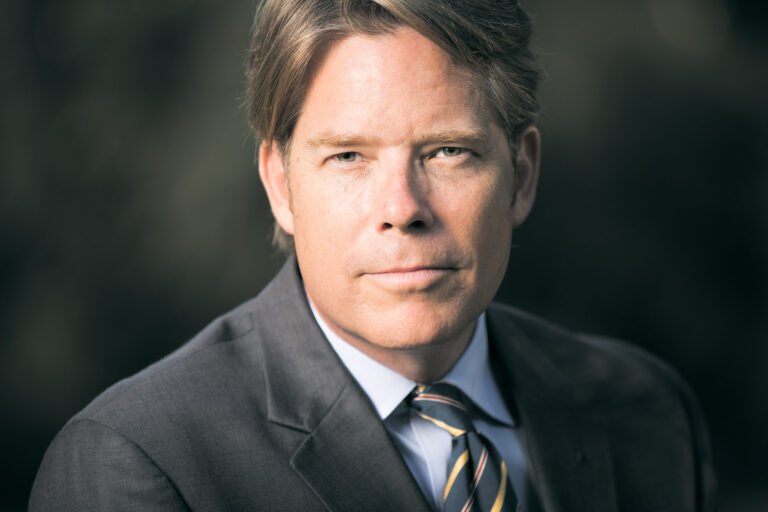When I create portraits, one of the most important things to me is that I don’t look back on them years later and hate them. I’m never more aware of this then when I’m capturing portraits of my son.
As a parent I am reminded fairly regularly how fast kids change and how little time I have to capture every stage. If I miss one of those stages, it’s gone forever. Should I decide I did a poor job somewhere down the line, I can’t go back and re-do it. It’s something I’m hyper aware of, and I hope future me approves of the job I do when I look back.
Old Hollywood Portraits
The primary way I try to future proof my work is by standing on the shoulders of the giants before me. One of those stylistic influences for me has always been the old Hollywood style portraits popular around mid century.
Back then everything was shot on film and photographers had to be VERY skilled with their lighting and direction. The deep crisp shadows that define the film noir era, leave zero forgiveness when defining the face and body. It’s powerfully dramatic, and really precise lighting to work with.
I thought to myself, what if I photographed my baby with this kind of light? How fucking cool would that be if I could pull that off?!? It would certainly be different and well worth the effort.
The reason this would be so different from normal toddler portraits is because most kid photography is usually pretty conservative on the shadow play. One year olds are famously non-compliant and intricate light configurations make the whole process significantly harder.
I thought I’d have the best chance of success if I packed my son full of food after a good long nap. With my wife playing assistant, I thought there was a pretty good chance we could pull off something pretty neat if I could get the lighting mostly dialed in before hand. He’d either cooperate or he wouldn’t. If the ladder happened, I’d have an epically lit tantrum, which could be it’s own kind of awesome.
How I Did it – Lighting & Exif Details
So I spent a couple hours rigging up some lighting in my shop. After some experimentation on Hayden’s stuffed hippo, I settled on a 4 light set up. It’s basically a tightly controlled, lightly modified cinematic pattern. The lighting is set up as follows for the photo nerds among you:

Key Light
My key light would be a 22” beauty dish gridded down to 15 degrees. The grid would contain the light and prevent light spill from contaminating the rest of the frame. Beauty dishes are typically thought of as semi hard light sources and not a traditional modifier for noir. I chose this modifier to give a hard ish quality to the light and a small amount of wiggle room for my wiggly creature.
Fill Light
Next I boomed a gridded PCB soft box overhead. I put the light in this position to minimize the spill onto the background. This fill light is subtle and just barely lifts the shadow detail. This light is barely noticeable yet crucial to clean up the final image by making sure the shadows don’t to completely black.
Kicker Light
The third light is a hair light I would have come down on Hayden from above the center back of the muslin background. I modified this light with a 7” reflector, gridded down to 10 degrees and further contained it with some barn doors. This light would further separate Hayden from the background, and exaggerate his light features against the dark backdrop.
This light is also the one responsible for the prominent shadow casting forward towards the camera. This light along with the key light are arguably the most important of the set for contributing to the noir style.
Background Light
The final light I’d use on the background to add some extra depth behind Hayden. This light was modified again with a 7″ reflector, 20 degree grid and barn doors.
I kept this light pointed low to make your brain think the light on the background was just spill from the other lights. I also intentionally kept the power of this light lower than the lights on him.
The difference in luminosity between the light on Hayden and the light on the background would help keep him as the main focus in the frame, while also adding some dimension to the final photo.
Exif
The exif data for portraits like this is pretty straight forward once you decide how much depth of field you want. I wanted the final images shallow, but not too shallow. I didn’t want my depth of field razor thin for these shots, nor did I want the background to be totally sharp either. F4 seemed like a good place to start and it’s ultimately what I settled on.
Deciding how much depth of field you want is pretty much the only decision you need to make when shooting studio portraits. From there I always just set my shutter to the maximum sync speed and iso to 100.
In this particular case I dialed the iso back further to 50 to give me more subtle control over my shadows as I rubbed up against the minimum power of my lights. I then adjusted the power of my lights one at a time by “chimping” the back of the camera for the look I wanted. The exif is as follows for those that want to play along at home:
Shutter 1/160 sec
Aperture: f4
Iso: 50
Camera: Canon 5D MKIII
Lens: Canon 24-70MM F2.8 (shot at multiple focal lengths)
Editing
All of the photos I’m sharing here were converted to B&W and edited globally in Lightroom only.

Timeless Portraits of Your Child
I really did my best here to capture some timeless portraits of my son I’ll love forever. Only time will tell if I succeeded or not, but as of right now I’m optimistic that I’ll look back on these photos fondly for the rest of my life.
If you like the way these photos came out as much as I do, and you’d love to have images like this of your little one, feel free to get in touch and I’d be happy to make this happen for you.






